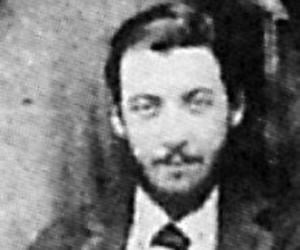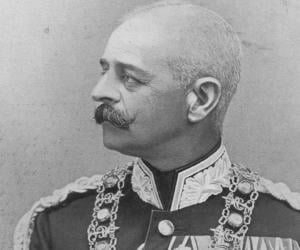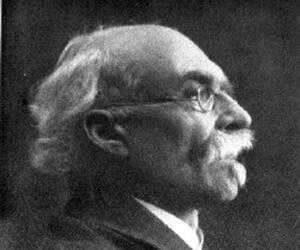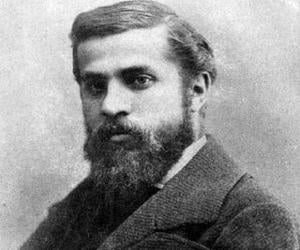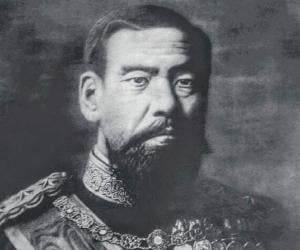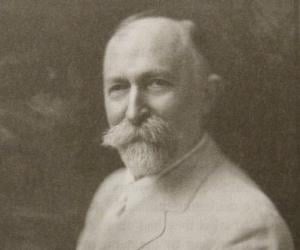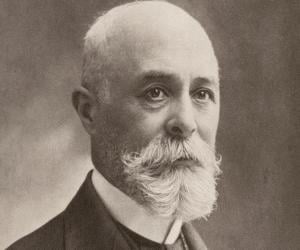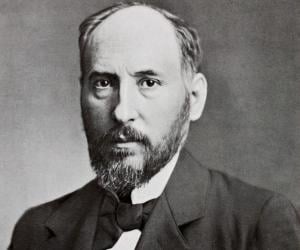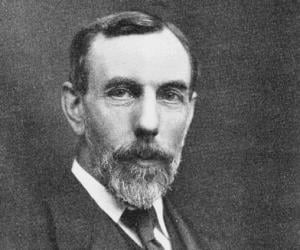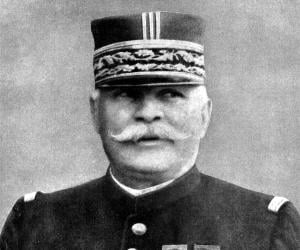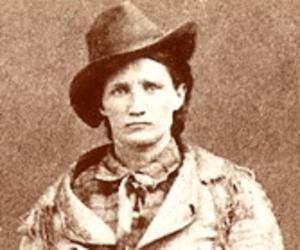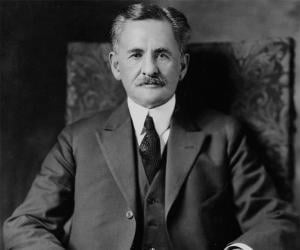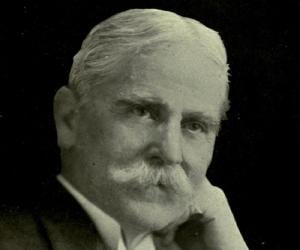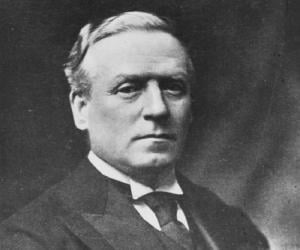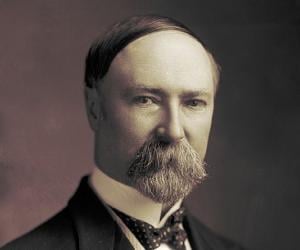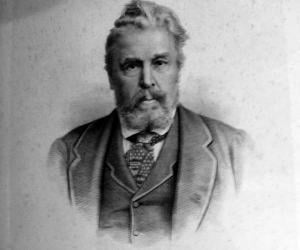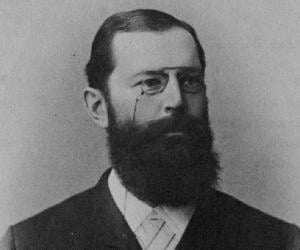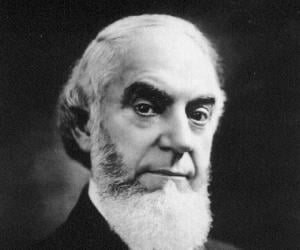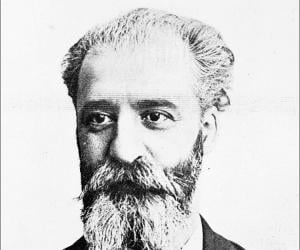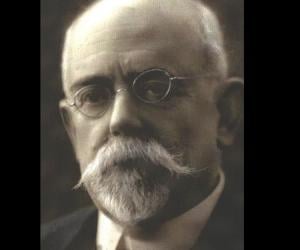Emperor Meiji of Japan presided over the all-round revolutionary transformation of his empire which emerged as a strong force on the global scene during his reign. His policies and actions led to Japan’s rapid growth and ended its isolation from the rest of the world. One of the noted changes during rule was the abolition of special privileges of samurais.
Nobel Prize-winning physicist Henri Becquerel is known for his chance discovery of spontaneous radioactivity. Born into a family of scientists, Becquerel had been an engineer and a physics professor earlier. Marie Curie, who shared the Nobel with him and her husband, Pierre, was one of his doctoral students.
While he apprenticed as a cobbler and a barber in childhood, Santiago Ramón y Cajal later took up medicine inspired by his father, a professor of anatomy. Cajal’s study of the microscopic structure of the human brain later formed the basis of neuroscience and earned him a Nobel Prize.
The son of a civil engineer, Nobel Prize-winning Scottish chemist William Ramsay revolutionized science with his pathbreaking discovery of the noble gases, thus forming an entirely new segment of the periodic table. He is also remembered for his long association with UCL. He was knighted for his achievements.
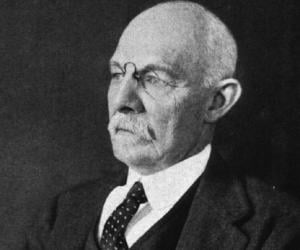
William Stewart Halsted was the man behind the first American surgical school at the Johns Hopkins University. The master surgeon made a number of contributions to medical science, including the introduction of mastectomy and aseptic surgical procedures. He often injected cocaine into his body to develop anesthesia.
Known as the Victor of the Marne and Papa Joffre, French military commander Joseph Joffre is remembered for his exploits at the Western Front during and after World War I. Following the German invasion of Verdun, he lost his command over the army and was made the Marshal of France.
Martha Jane Cannary, better known by her nickname Calamity Jane, was an American frontierswoman. Her friendship with Wild Bill Hickok and her habit of wearing men's attire made her a popular fictional character in literature, plays, games, films, and TV series. She has been portrayed by actresses like Jean Arthur, Frances Farmer, Marin Sais, and Yvonne De Carlo among others.
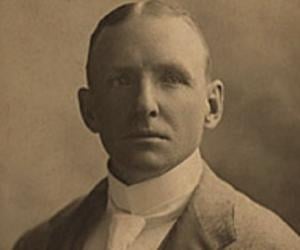
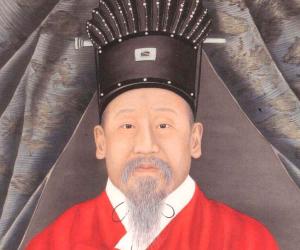
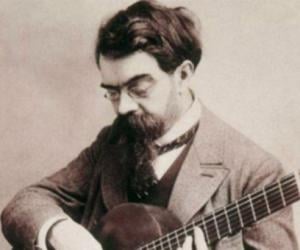
Francisco Tárrega was a Spanish composer and classical guitarist active during the Romantic period. He is often considered the father of classical guitar and is counted among the greatest guitarists of all time. He loved music from an early age and was able to build a successful career with his father’s encouragement. He died at the peak of his career.
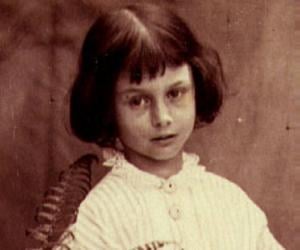
One of the 10 children of the dean of Christ Church, Henry Liddell, Alice Liddell was about 5 when she met mathematician Charles Lutwidge Dodgson, better known as author Lewis Carroll. It is believed she was the inspiration behind Carroll’s iconic creation Alice's Adventures in Wonderland.
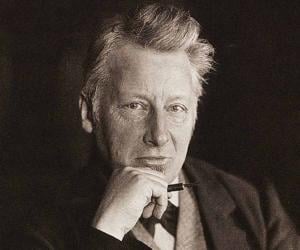
Jacobus Henricus van 't Hoff was a Dutch physical chemist best remembered for winning the first Nobel Prize in Chemistry. Van 't Hoff's work helped found the modern theory of chemical thermodynamics, chemical kinetics, chemical equilibrium, and chemical affinity. A highly popular theoretical chemist, Van 't Hoff is also counted among the founders of physical chemistry.
H. H. Asquith was an English politician and statesman best remembered for serving as the prime minister of the UK from 1908 to 1916. He was the last PM to command a majority government from the Liberal Party. Great Britain entered the First World War under his prime ministership, a move which is often criticized by modern-day critics and scholars.
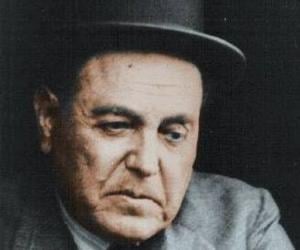
Hipólito Yrigoyen was an Argentine politician best remembered for his service as the President of Argentina on two occasions; from 1916 to 1922 and again from 1928 to 1930. He is also remembered for introducing numerous social reforms, including compulsory pensions, regulation of working hours, and improvements in factory conditions, for which he was called the father of the poor.
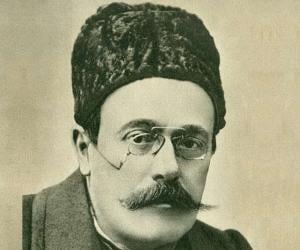
Romanian playwright, author, and poet Ion Luca Caragiale was known for his biting satire and parody. A Stormy Night and A Lost Letter are 2 of his best-known dramatic works. At various times, he had also been a journalist, a civil servant, and a restaurateur.
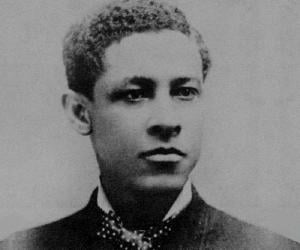
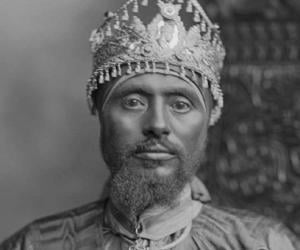
Makonnen Wolde Mikael served as Shum of Harar from 1887 to 1906 under Ethiopian monarchs Yohannes IV and Menelik II. The governor of Harar province and a military leader, Mikael is best-remembered for his role as an effective general during various military-campaigns, most notably during First Italo–Ethiopian War when he played a key role at the Battle of Adwa.
Irish author George Moore had initially aspired to be a painter and had even traveled to Paris to study the art. However, he soon ditched painting and devoted himself to writing instead. His novels, such as A Modern Lover, showed how much he was inspired by French realism.
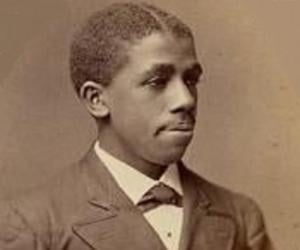
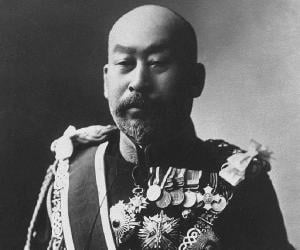
Born Tada Jusaburō, Terauchi Masatake changed his name after being adopted by the Terauchi family. He was the army minister for a decade and later became the prime minister of Japan. Known for its aggressive foreign policies, his government collapsed when riots broke out over a rice shortage in Tokyo.
Hermann Emil Fischer was a German chemist who won the Nobel Prize in Chemistry in 1902. He is credited with discovering the Fischer esterification, which is named in his honor. He is also credited with developing the Fischer projection, which was originally used for the depiction of carbohydrates. Several chemical reactions and concepts like Fischer glycosidation are named after him.
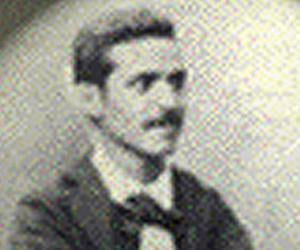
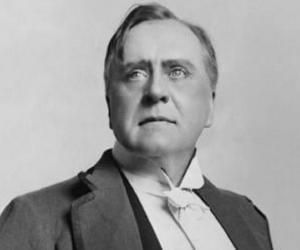
Charles Taze Russell was an American restorationist minister who is credited with founding the Bible Student movement, which formed the basis for several independent Bible Student groups. He is also credited with co-founding a not-for-profit, non-stock organization called the Watch Tower Bible and Tract Society of Pennsylvania, which is an important publisher of religious books in America.
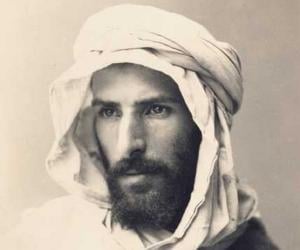
Born into an Italian noble family, Pierre Savorgnan de Brazza had had his first taste of exploration when he traveled to Algeria aboard a ship in his early days. He later explored Africa, eventually founding French Congo, now the Republic of Congo, and the city Brazzaville, while also becoming a French citizen.
Henri Moissan was a French chemist and pharmacist. He is best known for his work in isolating fluorine from its compounds, an achievement that earned him the 1906 Nobel Prize in Chemistry. He was one of the original members of the International Atomic Weights Committee. He also made significant contributions to the production of artificial diamonds.
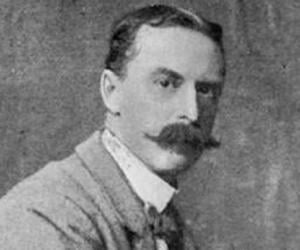
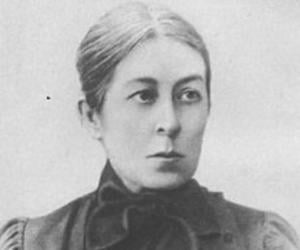
Russian revolutionary Vera Figner was a major figure of the Populist (Narodnik) movement. Initially a medical student, she later left her studies midway to devote herself to politics. She also left her husband for her revolutionary cause and became associated with the Zemlya i Volya party.
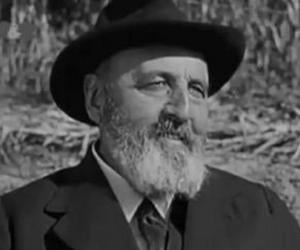
Leonardo Torres y Quevedo was a Spanish mathematician and civil engineer. He was a pioneer in the development of the automated calculation machines and radio control. Torres is also credited with inventing a chess automaton and the Whirlpool Aero Car, which is located in Niagara Falls.
Argentine explorer Francisco Moreno, better known as Perito Moreno, is remembered as one of his country’s greatest heroes. His explorations helped define the border of Chile. He discovered Patagonian treasures such as Mount Fitz Roy and established Argentina’s first national park, Nahuel Huapi. His accolades include the Cullum Geographical Medal.
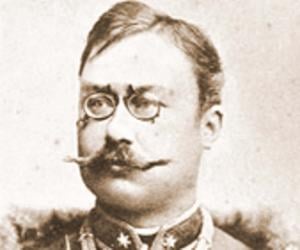
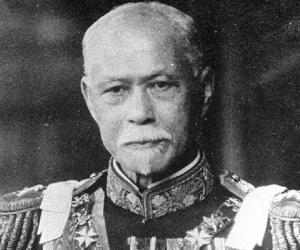
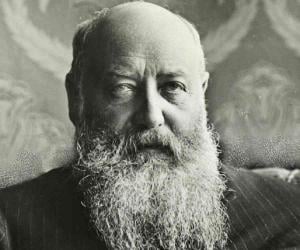
Christian Krohg was a Norwegian painter, author, illustrator, and journalist. From 1909 to 1925, he served at the Norwegian Academy of Arts as its first professor, apart from serving as the academy's director. Inspired by realism, Christian Krohg produced several portraits of people including that of his wife Oda Krohg. He received several international and national awards during his career.
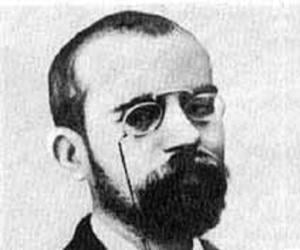
Nineteenth-century Spanish literary critic Leopoldo Alas gained fame for his paliques and his liberalism. A qualified lawyer, he taught law and political economy at the University of Oviedo throughout his life. His notable works include his novel La regenta and his short story collections such as El gallo de Sócrates.
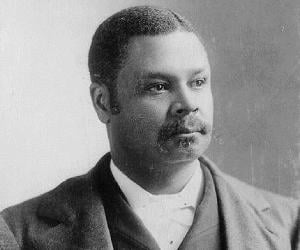
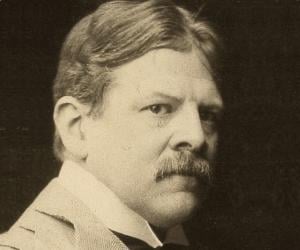
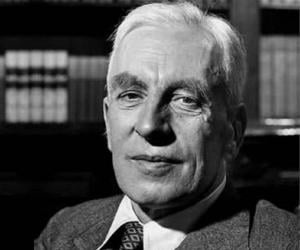
The son of a surgeon, economist Arnold Toynbee studied at Balliol College and later taught there, too. He was a prominent social reformer who spoke for the working class and supported trade unions. Unfortunately, he died of exhaustion and breakdown after being overworked. Toynbee Hall was named after him.
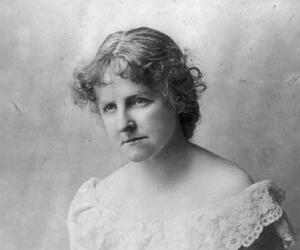
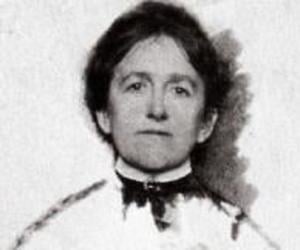
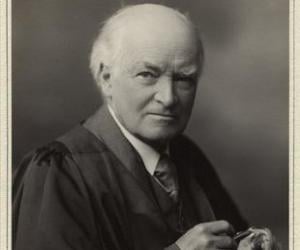
Educated at Cambridge, legendary British economist and philosopher John Neville Keynes later taught moral science there and became its registrar. He revolutionized the field of economics by merging both the inductive and deductive approaches to the subject. His son, John Maynard Keynes, too, was a prominent economist.
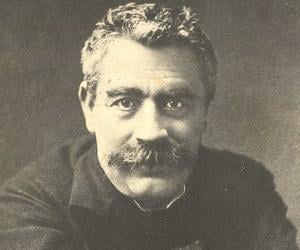
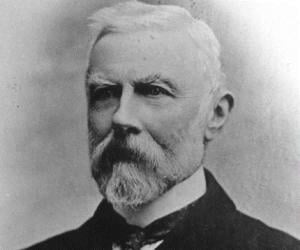
John Louis Emil Dreyer was a Danish astronomer. He is best remembered for serving as the president of the Royal Astronomical Society from 1923 to 1925. Prior to his service as the president John Louis Emil Dreyer was honored with the gold medal, the highest award given by the society, in 1916.
